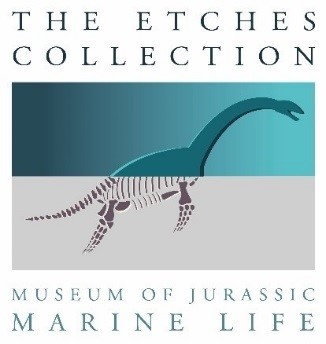Dinosaur bones in the Late Jurassic Kimmeridge Clay Formation of Dorset
/Although the 157-152 million year old Kimmeridge Clay Formation was deposited in a warm tropical ocean we do find rare examples of the remains of dinosaurs which lived on land.
These dinosaur bones include a very large humerus (upper leg bone) and fibula (lower leg bone) of a giant plant eating sauropod dinosaur and a single bone from a therapod (meat eating dinosaur). These came from the bodies of dead dinosaurs which were washed out to sea via rivers where they decayed and fell apart and/or were pulled apart by scavenging marine animals. This created rare dinosaur bones scattered across the ancient sea floor.
Watch the full story by clicking on the You Tube video link above where these dinosaur bones are described by Steve Etches.
The Etches Collection Museum is located in Kimmeridge, Dorset on the World Heritage Coast and contains a nationally accredited and designated collection of over 2500 fossils from the Upper Jurassic Kimmeridge Clay Formation. The collection provides a major resource for education and research as well as being a major tourist attraction.

